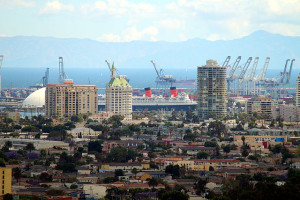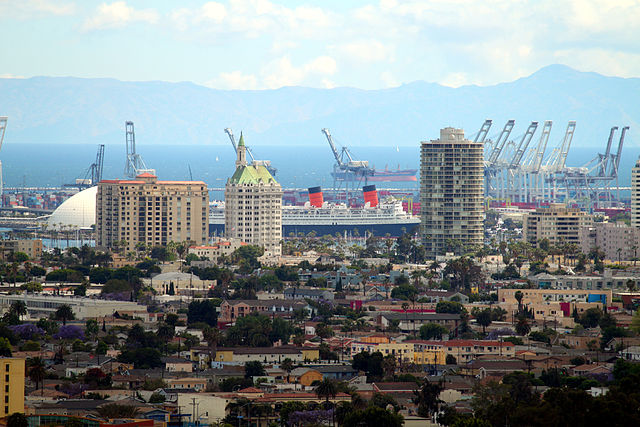 The Bank of Finland notes that global economic growth in 2015 has been the slowest since 2009, and there is no sign of strong improvement in the immediate years ahead.
The Bank of Finland notes that global economic growth in 2015 has been the slowest since 2009, and there is no sign of strong improvement in the immediate years ahead.
The Finnish central bank said the deceleration is due largely to the weak performance of the emerging economies, which is partly accounted for by the substantial fall in the price of oil.
World trade growth has already been weak for nearly 10 years. In the short term, this has been due to the fading of intra-EU trade, the slowdown of growth in China, the sluggishness of investment in the advanced economies, and the low level of commodity prices, it said.
With the share of industrial products in world trade contracting and with the economies of China as well as Central and Eastern Europe cooling down, “world trade will no longer increase, relative to global growth, with the same vigour as seen earlier.”
Of the BRICS nations (Brazil, Russia, India, China, and South Africa), which were the growth miracles at the beginning of the new millennium, only India’s prospects have not deteriorated, The Russian and Brazilian economies, in particular, are slipping into deep recession.
“Slower global growth and a more efficient overall use of energy have reduced demand for oil. Meanwhile, supplies of oil have remained abundant, as declining investment does not affect production immediately. Financial market uncertainties have also had an impact on the fluctuations of world market prices for oil,” said the bank.
It forecast global growth in 2016 to remain at 2.8%, then rising to 3.2% in 2017-2018. The pick-up in growth reflects recovery in the emerging economies suffering from the recession.
The outlook for the United States and the European Union, which includes 19 Eurozone member states, as well as Sweden, Denmark and Britain, is more moderate than previously, but still above their estimated potential growth rates.
The U.S. economy is expected to grow by 2% in the immediate years ahead, driven by private consumption and good employment dynamics. Risks to the prospects are weak international trade, the earlier appreciation of the dollar, and ongoing modest increases in nonresidential investment.
In the EU, the low price of oil and monetary policy will underpin growth. Near-term growth will depend more on domestic demand than previously.
In China, the growth slowdown in 2015 will continue amid ongoing structural changes in the economy. Growth forecast for 2016-2017 remains unchanged at 6%, edging down to 5% in 2018.
Photo: Regular Daddy





